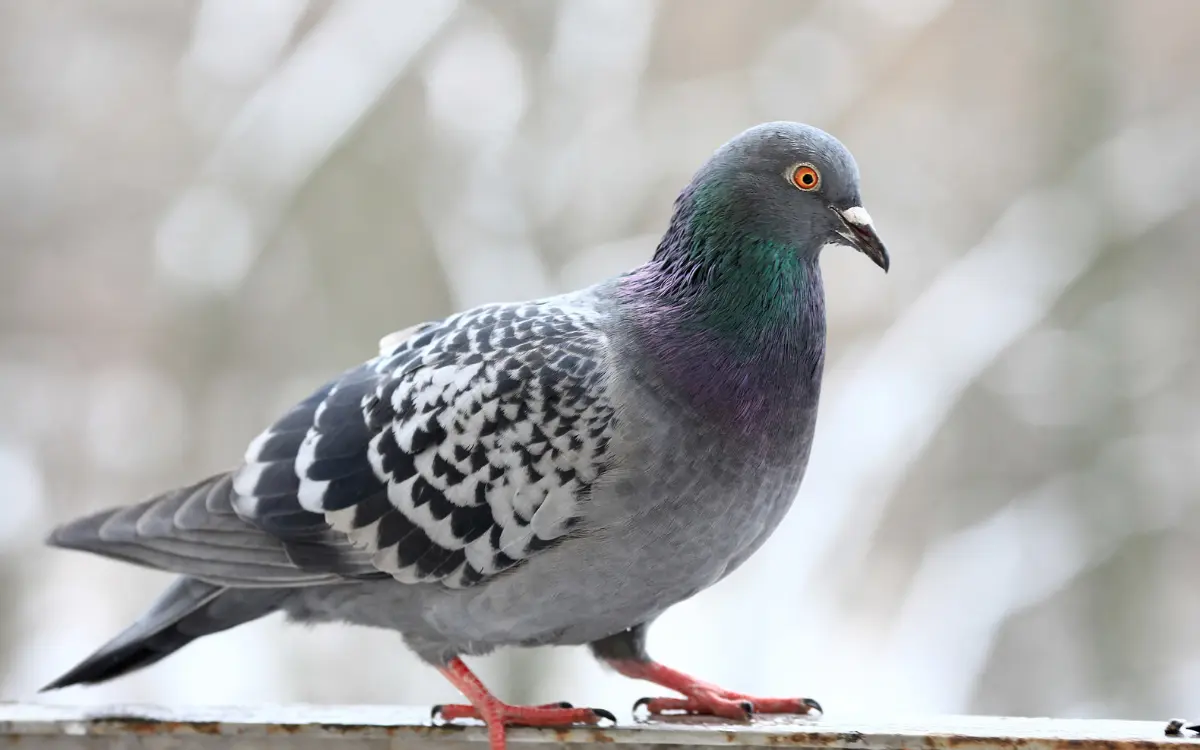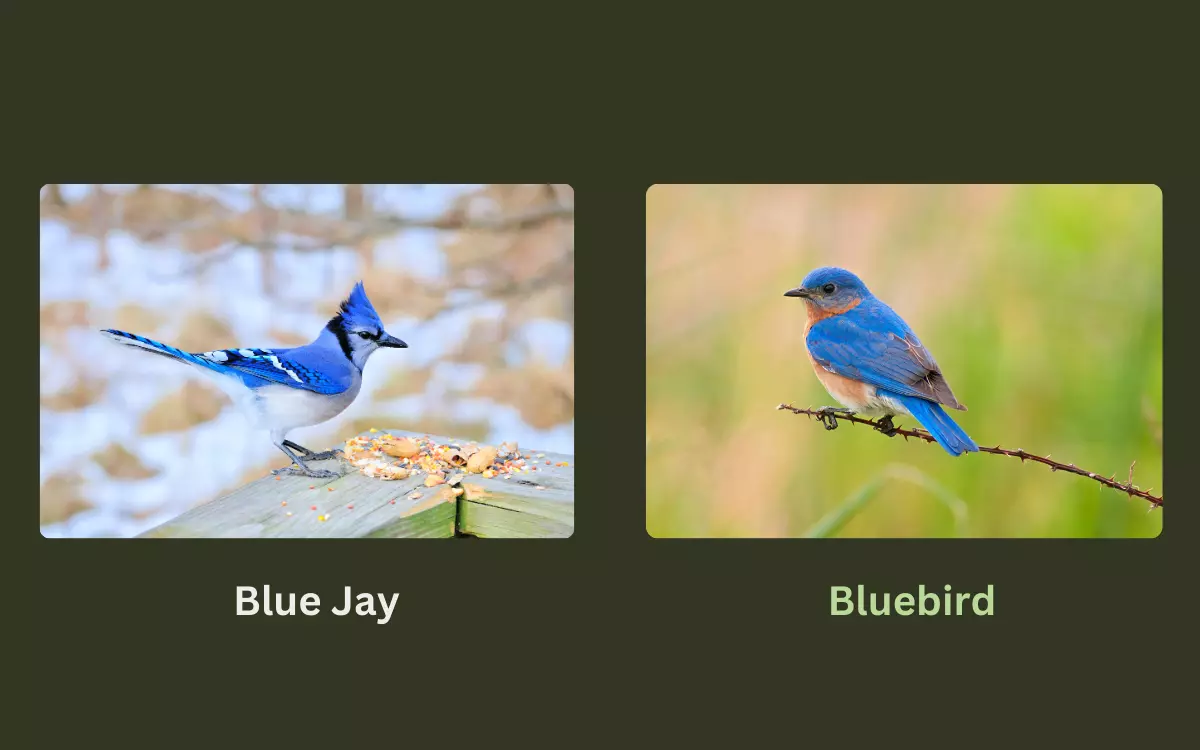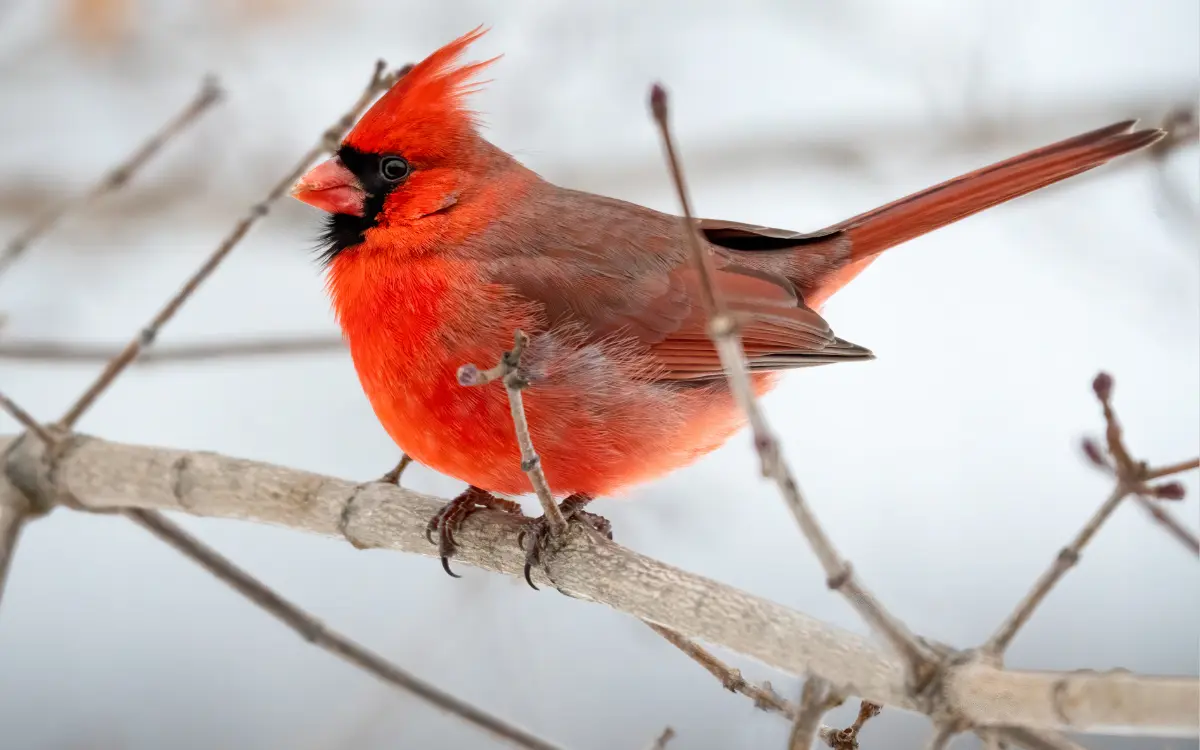23 Ground Nesting Birds That Thrive Without Trees
Ground-nesting birds are a fascinating group of species that build their nests directly on the ground instead of in trees or cliffs. From camouflage to distraction displays, these birds use creative survival strategies to raise chicks in exposed environments. In this article, you’ll learn about 23 ground-nesting birds, where they live, how they nest, and the threats they face.
What Are Ground Nesting Birds?
Ground-nesting birds are species that lay their eggs and raise chicks directly on the ground, usually in open areas like grasslands, wetlands, beaches, or forest floors. Instead of perching high for protection, they rely on camouflage, hidden locations, and bold behaviors to keep their nests safe.
Types of Ground-Nesting Birds (By Category)
Shorebirds
- Killdeer: Famous for their “broken wing” act to lure predators away from nests laid on gravel or open soil.
- Piping Plover: Nests on sandy beaches; a conservation focus due to declining numbers.
- American Oystercatcher: Lays eggs in shallow scrapes near salt marshes and coastal dunes.
Game Birds
- Northern Bobwhite: Uses tall grass for cover in grasslands.
- Wild Turkey: Nests on forest floors, usually hidden under thick brush.
- Ring-necked Pheasant: Conceals nests in crop fields and meadows.
Waterfowl
- Mallard Duck: Builds hidden nests near ponds and marshes.
- Canada Goose: Nests in tall grasses near water, often aggressively defended.
- Northern Pintail: Favors dense grass near water for nest placement.
Songbirds (Passerines)
- Horned Lark: Nests in open fields and deserts with minimal vegetation.
- Meadow Pipit: Hides its nest in moorland grasses.
Skylark: Uses grass and ground debris for camouflage.
23 Fascinating Ground-Nesting Birds

Each species below includes its key feature, preferred habitat, and unique nesting behavior:
- American Avocet These elegant shorebirds build shallow ground nests near wetlands and mudflats. Their location allows for quick access to aquatic food sources and easy escape from predators. Nests are often built on raised patches to avoid flooding.
- Killdeer Known for their dramatic “broken wing” distraction display, killdeer nest in gravel, sand, or even parking lots. Their eggs are heavily camouflaged, blending perfectly with their surroundings.
- Kingfisher Belted kingfishers nest in long burrows dug into riverbanks or sandy slopes, close to water. Although the entrance is at ground level, the nest is deep inside the burrow, keeping it hidden from predators and shielded from flooding.
- Swallow (Bank Swallow) These small birds excavate horizontal burrows in sandy banks, nesting at ground level but inside long tunnels. Colonies of swallows often nest together, gaining safety in numbers.
- American Oystercatcher This striking shorebird lays its eggs in simple scrapes on sandy beaches near the tide line. The eggs are speckled to blend with shells and stones, making them hard to detect.
- Ruffed Grouse The ruffed grouse prefers dense forest underbrush for nesting. It clears a small depression in the leaf litter, relying on excellent camouflage and stillness to avoid predators.
- Sandhill Crane These large, elegant birds build platform nests out of grasses and reeds in marshy wetlands. They choose areas with good visibility and water access, helping to keep chicks safe.
- Canada Goose Canada geese often nest near water bodies like lakes and rivers. Their aggressive behavior and strategic nest placement—on islands or near water—help protect eggs and goslings.
- Meadowlark Eastern and western meadowlarks build dome-shaped grass nests hidden deep within meadows. The thick vegetation helps protect the nest from view and reduces the risk of predation.
- American Wigeon This dabbling duck nests in wetland-adjacent grasslands. It hides its down-lined nest close to water to make it easy to feed and guide young toward aquatic food.
- Scaled Quail Found in arid deserts, scaled quail build ground nests under shrubs or in grassy clumps. Their mottled feathers and dry grass nests offer excellent camouflage.
- Orange-Crowned Warbler This warbler constructs low cup-shaped nests in dense ground cover, often hidden beneath shrubs. Its olive-brown plumage helps it blend while incubating.
- Hermit Thrush These birds prefer nesting low in the forest understory or directly on the ground among ferns and fallen branches. Their earthy tones offer natural disguise.
- Whip-poor-will With leaf-patterned plumage, this nocturnal bird lays its eggs directly on bare forest floor. It does not build a nest at all, instead relying entirely on camouflage.
- Common Tern This slender seabird nests in colonies on sandy or rocky islands. It lays eggs in small scrapes in the open, where group defense helps deter intruders.
- Burrowing Owl Unlike most owls, this species lives and nests in abandoned mammal burrows. Found in grasslands and deserts, the burrows offer cool, hidden shelter.
- Virginia Rail This secretive marsh bird weaves grasses and reeds to form a nest close to water, tucked into thick wetland vegetation to stay hidden.
- Plover Several species nest directly on open ground, relying on speckled eggs and motionless behavior to evade detection.
- Sandpiper Sandpipers nest close to shorelines, tucking eggs into pebbly scrapes that mimic their surroundings. Both parents may help incubate.
- Stilt (Black-necked Stilt) Stilts nest near shallow wetlands and mudflats, laying eggs in open ground sites with high visibility to monitor threats.
- Bobolink This grassland songbird builds hidden ground nests under tall vegetation. Males sing over meadows while females care for the nest below.
- Lark Larks build their nests in wide open landscapes, often scraping shallow depressions lined with dry grass or pebbles to blend into the earth.
- Abyssinian Ground Hornbill This large terrestrial bird in Africa lays its eggs in open savanna, choosing locations with wide views to detect danger early. Both sexes share care duties.

Nesting Strategies and Behavior
Mating and Displays
- Species like Killdeer perform distraction displays to protect nests.
- Males often scout and defend suitable nest sites.
Nest Construction
- Some birds scrape shallow bowls (e.g., plovers).
- Others construct domed nests or line the area with feathers and grass.
Eggs and Incubation
- Most lay 2–12 eggs depending on species size.
- Both parents may help incubate and defend the nest.
Chick Development
Chicks are often precocial, meaning they hatch with open eyes and can walk within hours.
Challenges Ground-Nesting Birds Face
- Predators: Raccoons, foxes, snakes, and predatory birds
- Habitat Loss: Due to agriculture, urban expansion, and wetland draining
- Human Disturbance: Recreational use of beaches and grasslands
- Climate Impact: Rising seas and extreme weather affect nest viability
Adaptations That Help Them Survive
- Camouflage: Egg and plumage patterns match the environment
- Nest Placement: Hidden in dense cover or open but hard-to-see areas
- Behavioral Tactics: Broken-wing acts, group defense, aggressive parents
How You Can Help Ground-Nesting Birds
- Stay on Trails: Avoid disturbing nests while hiking or walking dogs
- Support Wetland and Prairie Conservation: Donate or volunteer
- Educate Others: Help others understand these birds’ vulnerability
FAQs
Why do some birds nest on the ground? It allows easy access to food and avoids competition with tree-nesting species.
How do they protect their nests? Through camouflage, hidden placement, and distraction behaviors.
What should I do if I find a ground nest? Stay away and don’t disturb it. Mark the area if needed and alert others.
Do all ground-nesting birds live in grasslands? No. Some nest in beaches, wetlands, deserts, or forest floors.
Can ground-nesting birds fly? Yes. Most can fly well, even though they nest on the ground.
Final Thoughts
Ground-nesting birds show incredible adaptability and resourcefulness. Their eggs and young may be exposed, but their survival strategies—stealth, speed, and courage—make them some of nature’s most determined parents. To explore more about birds that live and forage on land, check out our guide to Ground Birds.





